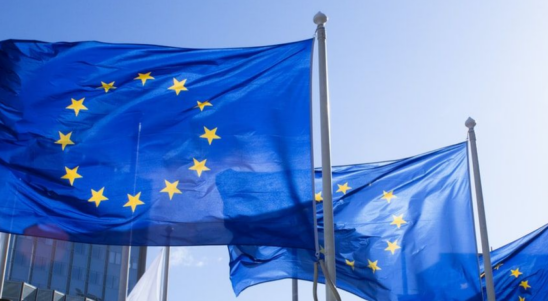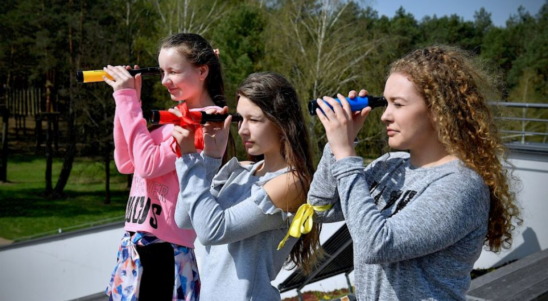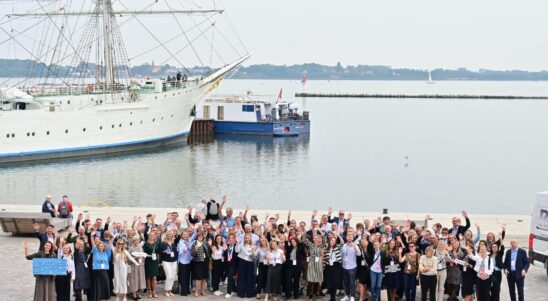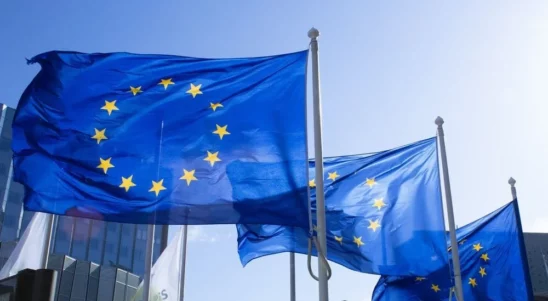Acronym: MariEx
Project partners Member States: DE, DK, SE, PL, LT
The project involves 9 partners from Germany (2), Denmark (1), Sweden (1), Poland (3) and Lithuania (2). The partnership is composed of destination management organisations, local and regional authorities, a NGO, and associations of local and regional authorities. The partners are supported by 27 associated partners which are associations, municipalities, communities, a shipyard, a university, a yacht club, restaurants, and hotels, cultural and tourism centres from Sweden (6), Denmark (6), Germany (5), Poland (5), and Lithuania (5). The project is led by Tourism Association Vorpommern (DE).
The overall project objective is to turn smaller harbors into inclusive “Maritime Experience Points” for land tourists, launching a new marketing approach around the “new harbor life” in the South Baltic Area to renew its maritime destination profile and reinforce its attractiveness.
The project’s activities are presented as four content-related work packages. The first work package foresees the establishment of the Innovator Community, members of which will be engaged in cross-border activities on identification of existing practices, preparation and implementation pilots (Maritime Experience Points). With the second work package, the actual implementation of pilots will take place with the active involvement of local stakeholders, upgrading and adapting four pilot harbors, including facilitated for people with disabilities. The third work package includes the creation of a common brand, the development of new maritime marketing narratives, and the implementation of a joint marketing campaign that will be integrated into the MariEx Toolbox. The last work package is formed to initiate a dialogue with stakeholders in the whole SBA and outside of it. Partners undertake multi-directional activities such as the set-up of the MariEx Helpdesk, the organization of events and exhibitions, and the finalization of the MariEx Toolbox formation with blueprints and guidelines.
The main target groups are municipalities and harbour operators, DMS and local tourism offices, local residents and tourists as well as potential visitors.





